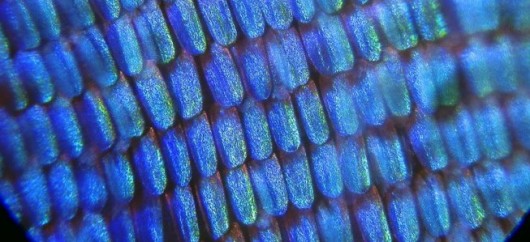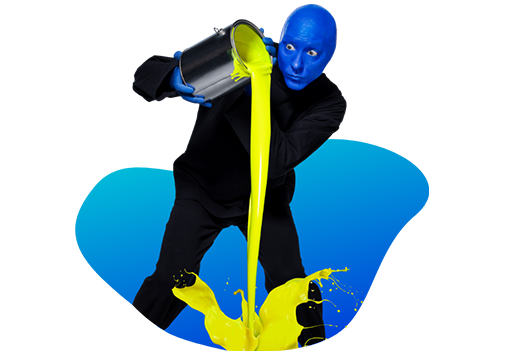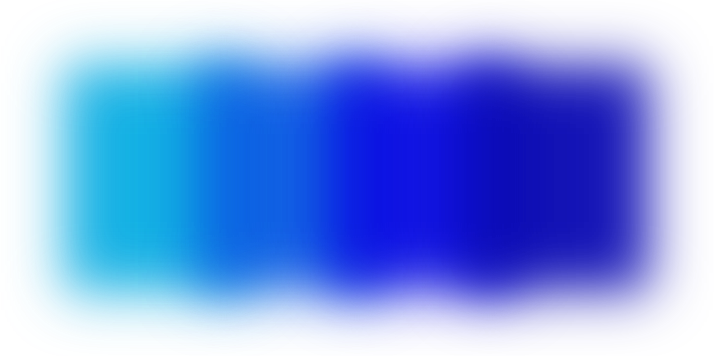Next week is time for the local Jazz Festival, and to prepare I switch my background music back to Miles’ iconic album. In addition, I have been made aware that I seem to be making blue my go-to color. On a slightly related note, it turns out that blue is a very hard color to make.
I spy, with my little eye, something blue…
It seems weird that blue would be hard to make. It’s so prominent in nature. The sky is blue. The ocean is blue. Blue jays are blue. Blue eyes are blue.
But as it turns out, blue pigment is very rare. Butterflies and birds with a blue color aren’t blue because their wings or feathers contain blue pigment, but because of nanostructures that reflect and diffract light in such a way that interference amplifies blue wavelengths, while cancelling out the others.

A blue pigment, however, absorbs all wavelengths except blue. Light absorption occurs when a photon supplies an electron with enough energy to jump to a higher energy band. As red light has the lowest energy, only electrons with a narrow energy gap can be excited. Only a few molecules have the right structure for this to happen. Absorption of red light is crucial for a blue pigment, and therefore it’s a rare thing.

Out of the blue
Because of their natural rarity, the design of synthetic blue pigments is of high interest for science and industry. The bluest blue was created by accident, by Mas Subramanian, a solid state chemist who wanted to create a material with the combination of electronic and magnetic properties for microchips. One of his ideas didn’t lead to anything particularly useful for fast computers, but it was very blue.

The blue dream
Where did this quest for blue originate? Blue is most people’s favorite color; it symbolizes depth, stability, and serenity; and as it is the color of the sky and the sea, painters love it. True blue flowers are non-existent (violets are purple, people), even though horticulturists and scientists have tried endlessly. And even though blue food is unconsciously associated with toxins and spoilt food, some scientists’ life goal is to create true blue food coloring, rather than current food coloring that seems more green.

While artists, foodies, and flower lovers dream of the truest blue, I’ll go back to some sweet tunes and feeling slightly melancholic. I mean… Blue.
Read more about blue in this Science feature.


